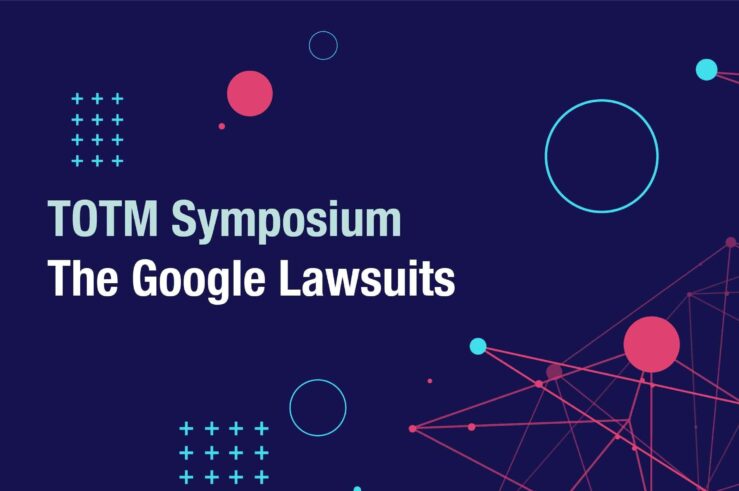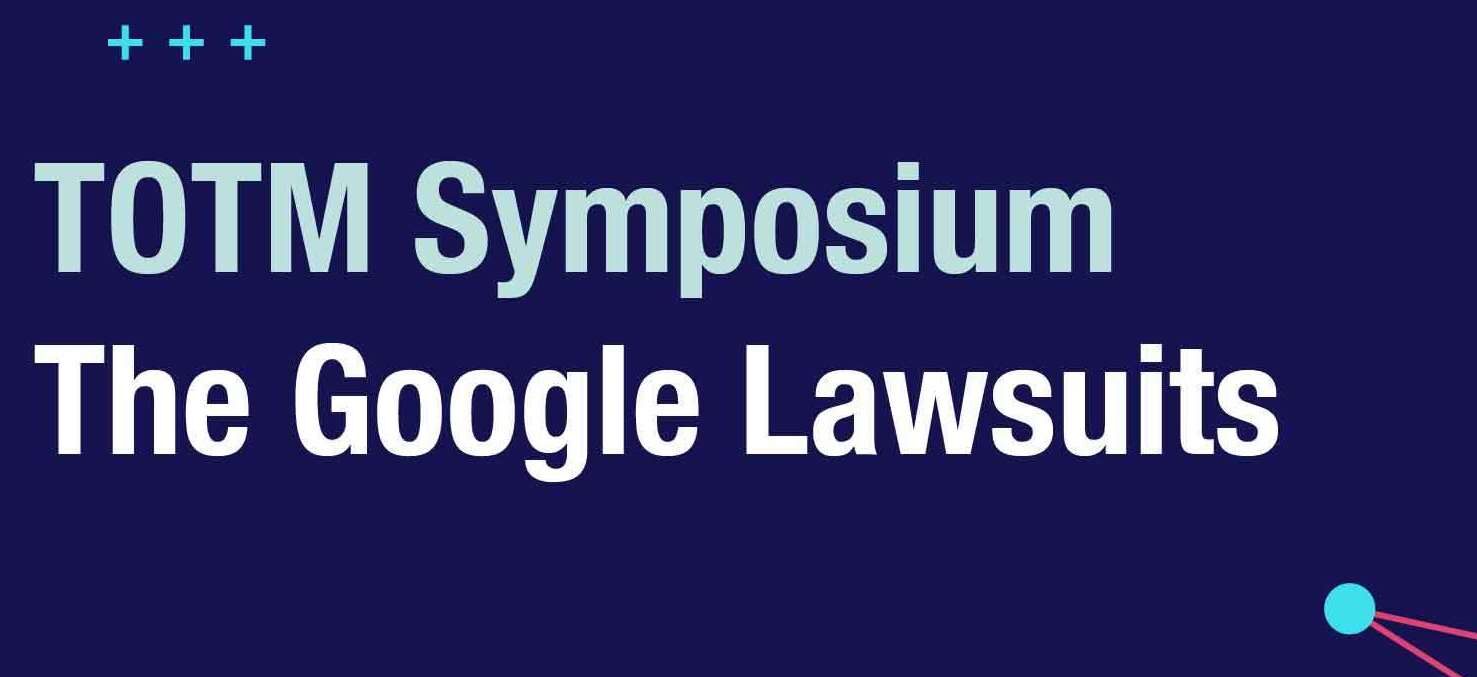
This article is a part of the Symposium on the Future of American Antitrust: The Google Lawsuits symposium.

U.S. antitrust regulators have a history of narrowly defining relevant markets—often to the point of absurdity—in order to create market power out of thin air. The Federal Trade Commission (FTC) famously declared that Whole Foods and Wild Oats operated in the “premium natural and organic supermarkets market”—a narrowly defined market designed to exclude other supermarkets carrying premium natural and organic foods, such as Walmart and Kroger. Similarly, for the Staples-Office Depot merger, the FTC
narrowly defined the relevant market as “office superstore” chains, which excluded general merchandisers such as Walmart, K-Mart and Target, who at the time accounted for 80% of office supply sales.
Texas Attorney General Ken Paxton’s complaint against Google’s advertising business, joined by the attorneys general of nine other states, continues this tradition of narrowing market definition to shoehorn market dominance where it may not exist.
For example, one recent paper critical of Google’s advertising business narrows the relevant market first from media advertising to digital advertising, then to the “open” supply of display ads and, finally, even further to the intermediation of the open supply of display ads. Once the market has been sufficiently narrowed, the authors conclude Google’s market share is “perhaps sufficient to confer market power.”
While whittling down market definitions may achieve the authors’ purpose of providing a roadmap to prosecute Google, one byproduct is a mishmash of market definitions that generates as many as 16 relevant markets for digital display and video advertising, in many of which Google doesn’t have anything approaching market power (and in some of which, in fact, Facebook, and not Google, is the most dominant player).
The Texas complaint engages in similar relevant-market gerrymandering. It claims that, within digital advertising, there exist several relevant markets and that Google monopolizes four of them:
- Publisher ad servers, which manage the inventory of a publisher’s (e.g., a newspaper’s website or a blog) space for ads;
- Display ad exchanges, the “marketplace” in which auctions directly match publishers’ selling of ad space with advertisers’ buying of ad space;
- Display ad networks, which are similar to exchanges, except a network acts as an intermediary that collects ad inventory from publishers and sells it to advertisers; and
- Display ad-buying tools, which include demand-side platforms that collect bids for ad placement with publishers.

The complaint alleges, “For online publishers and advertisers alike, the different online advertising formats are not interchangeable.” But this glosses over a bigger challenge for the attorneys general: Is online advertising a separate relevant market from offline advertising?
Digital advertising, of which display advertising is a small part, is only one of many channels through which companies market their products. About half of today’s advertising spending in the United States goes to digital channels, up from about 10% a decade ago. Approximately 30% of ad spending goes to television, with the remainder going to radio, newspapers, magazines, billboards and other “offline” forms of media.
Physical newspapers now account for less than 10% of total advertising spending. Traditionally, newspapers obtained substantial advertising revenues from classified ads. As internet usage increased, newspaper classifieds have been replaced by less costly and more effective internet classifieds—such as those offered by Craigslist—or targeted ads on Google Maps or Facebook.

The price of advertising has fallen steadily over the past decade, while output has risen. Spending on digital advertising in the United States grew from $26 billion in 2010 to nearly $130 billion in 2019, an average increase of 20% a year. Over the same period, the producer price index (PPI) for internet advertising sales declined by nearly 40%. Rising spending in the face of falling prices indicates the number of ads bought and sold increased by approximately 27% a year.
Since 2000, advertising spending has been falling as a share of gross domestic product, with online advertising growing as a share of that. The combination of increasing quantity, decreasing cost and increasing total revenues are consistent with a growing and increasingly competitive market, rather than one of rising concentration and reduced competition.
There is little or no empirical data evaluating the extent to which online and offline advertising constitute distinct markets or the extent to which digital display is a distinct submarket of online advertising. As a result, analysis of adtech competition has relied on identifying several technical and technological factors—as well as the say-so of participants in the business—that the analysts assert distinguish online from offline and establish digital display (versus digital search) as a distinct submarket. This approach has been used and accepted, especially in cases in which pricing data has not been available.
But the pricing information that is available raises questions about the extent to which online advertising is a distinct market from offline advertising. For example, Avi Goldfarb and Catherine Tucker find that, when local regulations prohibit offline direct advertising, search advertising is more expensive, indicating that search and offline advertising are substitutes. In other research, they report that online display advertising circumvents, in part, local bans on offline billboard advertising for alcoholic beverages. In both studies, Goldfarb and Tucker conclude their results suggest online and offline advertising are substitutes. They also conclude this substitution suggests that online and offline markets should be considered together in the context of antitrust.
While this information is not sufficient to define a broader relevant market, it raises questions regarding solely relying on the technical or technological distinctions and the say-so of market participants.
In the United States, plaintiffs do not get to define the relevant market. That is up to the judge or the jury. Plaintiffs have the burden to convince the court that a proposed narrow market definition is the correct one. With strong evidence that online and offline ads are substitutes, the court should not blindly accept the gerrymandered market definitions posited by the attorneys general.




